Bike Park is a Wrap, Here's to Next Season!
As the bike park season came to a close this month, it’s important to give some attention to both your bike and gear, which have likely endured a season of hard riding. From intense downhill trails to high-speed lift-access runs, the wear and tear on your equipment can’t be ignored. Now’s the time to check your bike and gear, not just to preserve their lifespan, but to ensure you're safe and prepared for the off-season or next year’s riding. Here’s a guide to help you with bike maintenance, gear replacement, and ensuring you're in top shape for the next season.
Bike Maintenance & Safety Check
After a summer of shredding DH trails, your bike is probably in need of some TLC. The intensity of bike park riding (don't we all love brake bumps!), combined with frequent lift-access laps, can place a lot of strain on key components. This is the perfect time to address any wear and tear before storing your bike or taking it out for shuttle rides during the off-season.
Full Tune-Up:
Start with a comprehensive tune-up. Adjust the drivetrain, check the suspension, and inspect all moving parts to ensure nothing is worn out or misaligned. Regular maintenance can prevent larger, more expensive repairs later and ensures your bike rides smoothly when the next season starts.
Wheel Inspection:
Your wheels are one of the most critical elements to inspect. Lift-access bike parks are notorious for rough trails, rocky sections, and root-filled runs that can easily knock your wheels out of true. Whether you're running some shiny We Are Ones, or some beefy Alloy Reserve wheels, inspect the rims for any dents or cracks, and ensure the wheels spin smoothly without wobbling. Loose or broken spokes should be addressed right away to avoid further damage to your rims or hubs.
Brake Pads and Rotors:
Brake systems are often pushed to their limits during DH riding. Check your brake pads for wear—if they’re too thin, replace them to avoid any sudden loss of stopping power. Additionally, inspect the rotors for signs of warping or excessive wear. Worn or damaged rotors can reduce braking efficiency, so replacing them now ensures safer and more reliable rides in the future. If you are unsure, bring your bike to the shop and our trusted mechanics can measure the wear.
Tires:
After a summer of heavy use, your tires might be past their prime. Look for worn tread, cuts, or other damage, particularly on the rear tire. A fresh set of downhill tires with solid grip and reinforced sidewalls will improve your ride quality and help prevent flats. Consider upgrading to new rubber if your current tires are showing signs of wear—this is especially important for aggressive or technical trails. We have lots of Maxxis in stock, as well as Continental, Schwalbe, Vittoria, and Michelin!
Gear Replacement
Your riding gear is just as crucial as the bike itself when it comes to safety and comfort. After a season of intense use, now is the perfect time to inspect your helmet, pads, and apparel to ensure they’re still providing the protection and fit you need.
Helmet:
If your helmet has endured any crashes or impacts this season, it’s time to replace it. Helmets are designed to absorb the force of crashes, but their integrity weakens after every hit. Even if the helmet looks fine on the outside, the internal foam may no longer provide adequate protection. Always replace your helmet after a crash, and if it’s simply showing signs of wear, such as cracked straps or degraded padding, now is a good time to upgrade.
Pads:
Knee and elbow pads tend to get overlooked but are essential for injury prevention during hard falls. Over time, the foam and fabric can deteriorate, especially after multiple impacts or prolonged exposure to the elements. If your pads are no longer providing solid protection or are starting to feel loose and worn out, replace them before your next ride.
Apparel:
While it may seem less critical than your protective gear, upgrading your riding kit can make a big difference in your comfort, confidence, and steez. Jerseys, gloves, and shorts take a beating over the course of a season, with constant exposure to dirt, sweat, and crashes. Now’s a great time to refresh your riding wardrobe, whether it's for improved performance fabrics or simply to be the 2025 Bike Park drip connoisseur .
Looking Ahead: Preparing for the Next Season
While bike parks might be closing, there’s still plenty of riding to be done in the off-season. Shuttle rides, local trails, or road cycling can keep your skills sharp, but they also present an opportunity to refine your setup and make any final adjustments before the next bike park season.
Off-Season Riding:
If you’re planning to hit shuttle-accessed trails or explore different types of riding during the off-season, having a well-maintained bike is crucial. Small issues like worn brake pads or wobbly wheels can quickly turn dangerous, especially in technical terrain. Getting everything tuned now will ensure your bike performs as it should, keeping you safe on off-season adventures.
Personal Skill Development:
The end of the season is also a great time to reflect on your riding. Consider areas where you can improve and make a plan for the off-season. Whether it's fine-tuning your downhill technique or working on fitness and endurance, maintaining your physical condition will help you come back stronger next season. A properly maintained bike paired with personal growth ensures that you’re ready to tackle next year’s challenges.
At the End of the Day
The end of the bike park season doesn’t mean the end of your riding. Taking the time now to give your bike a full maintenance check, replace worn-out gear, and upgrade your equipment will keep you safe and ready for whatever comes next—whether it’s off-season shuttle rides or preparing for next year’s bike park runs. Addressing these needs early ensures your bike performs at its best and gives you peace of mind that you’re ready for the next big ride.


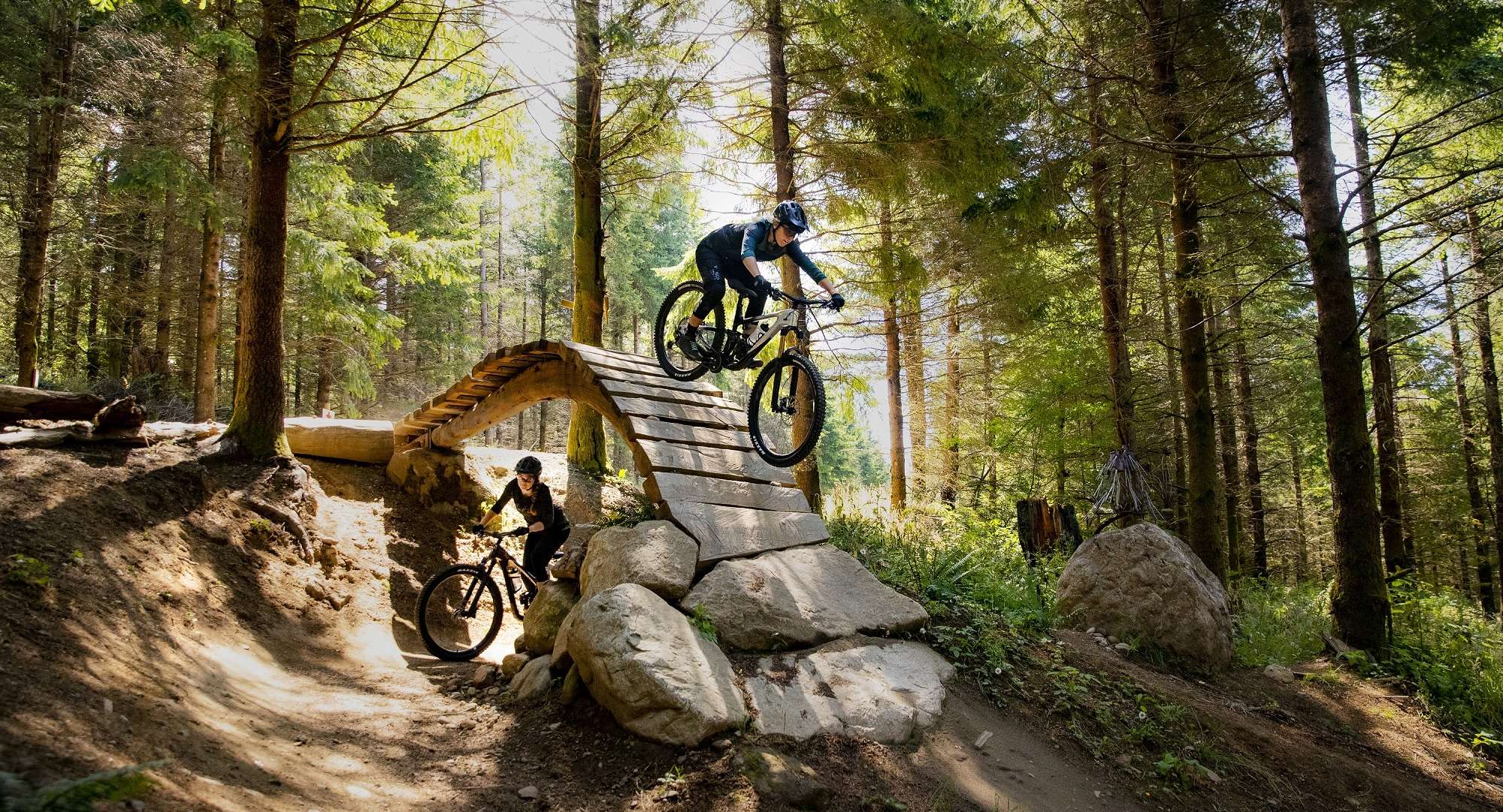
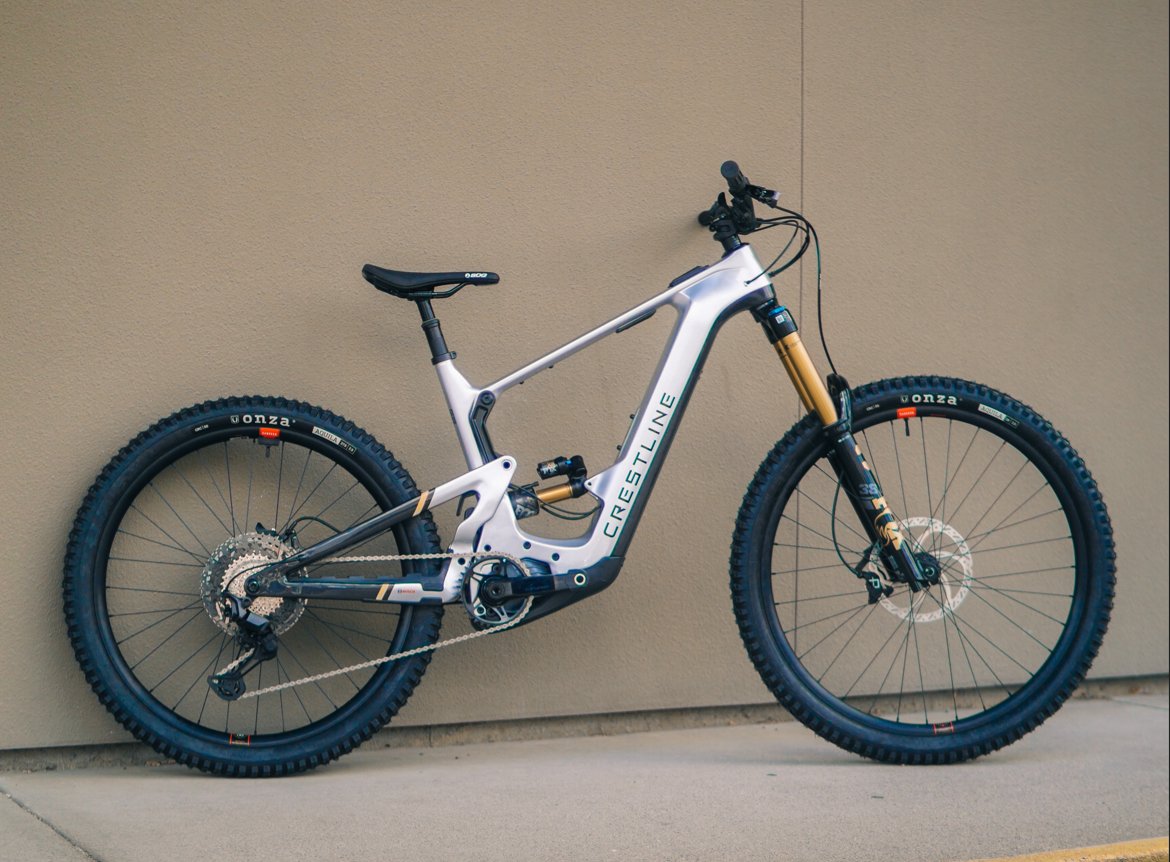
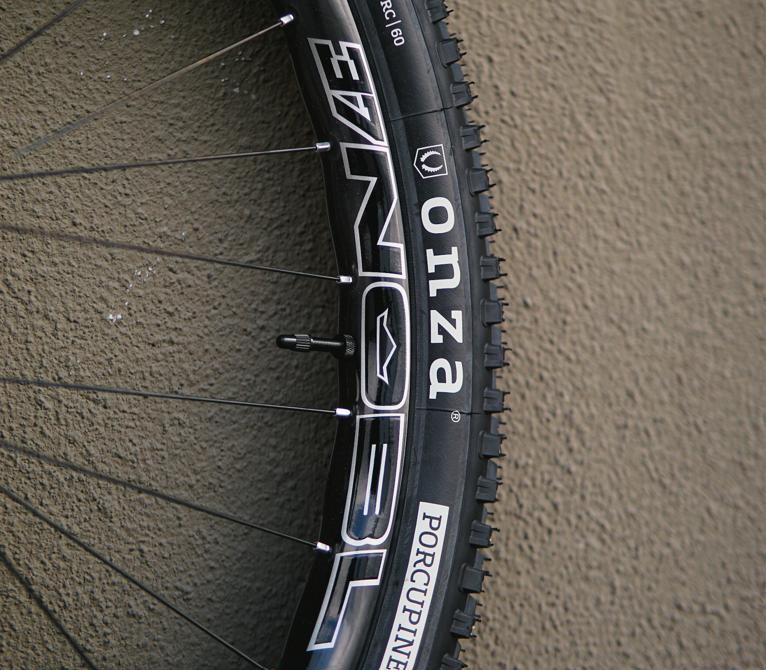
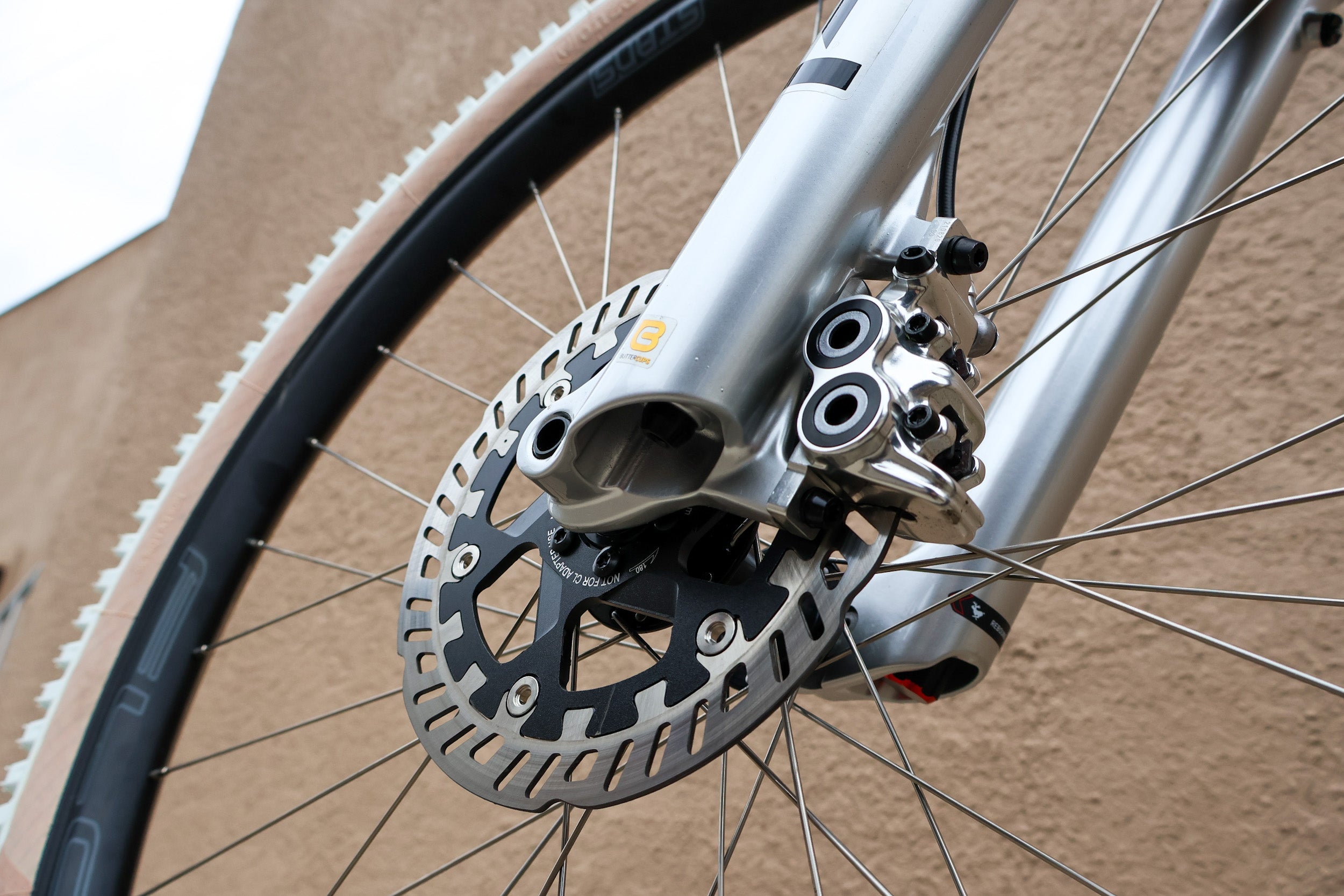
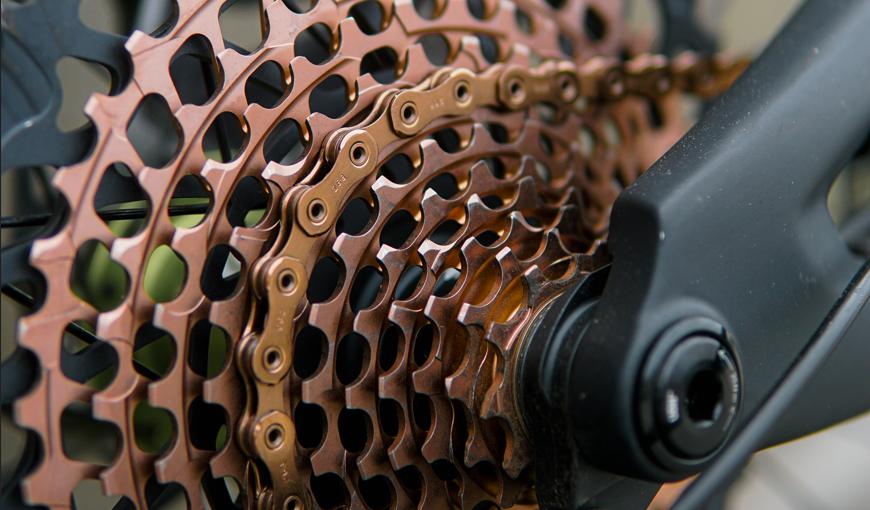
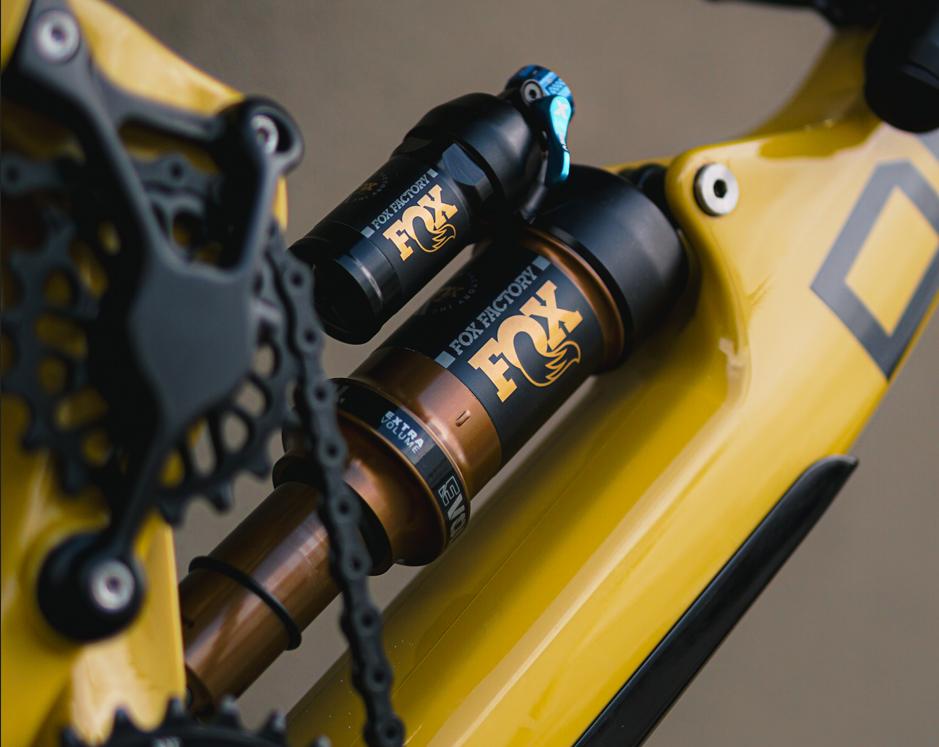
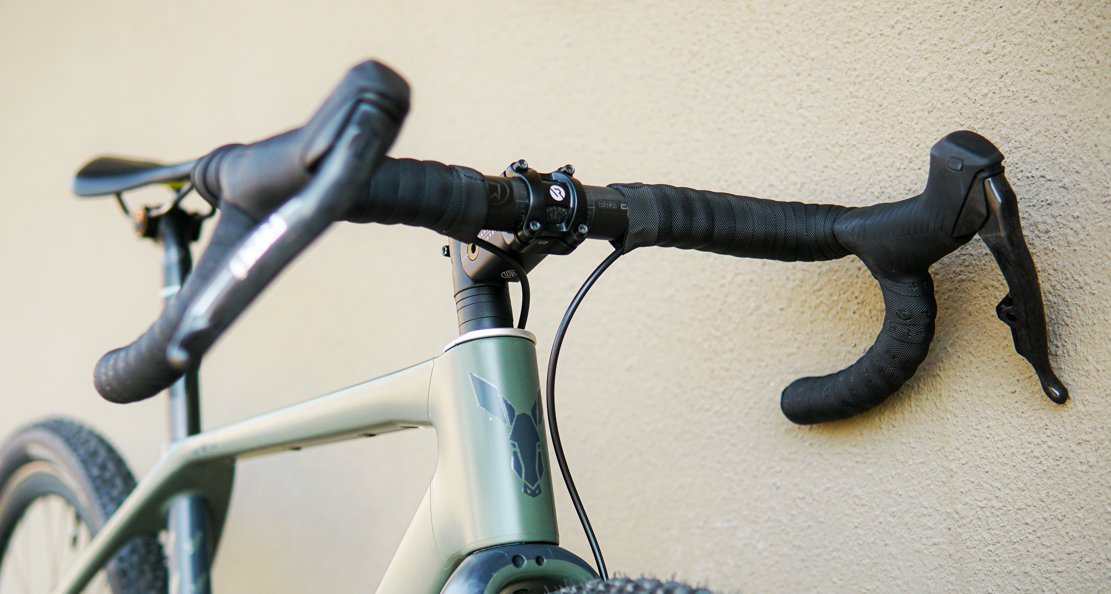
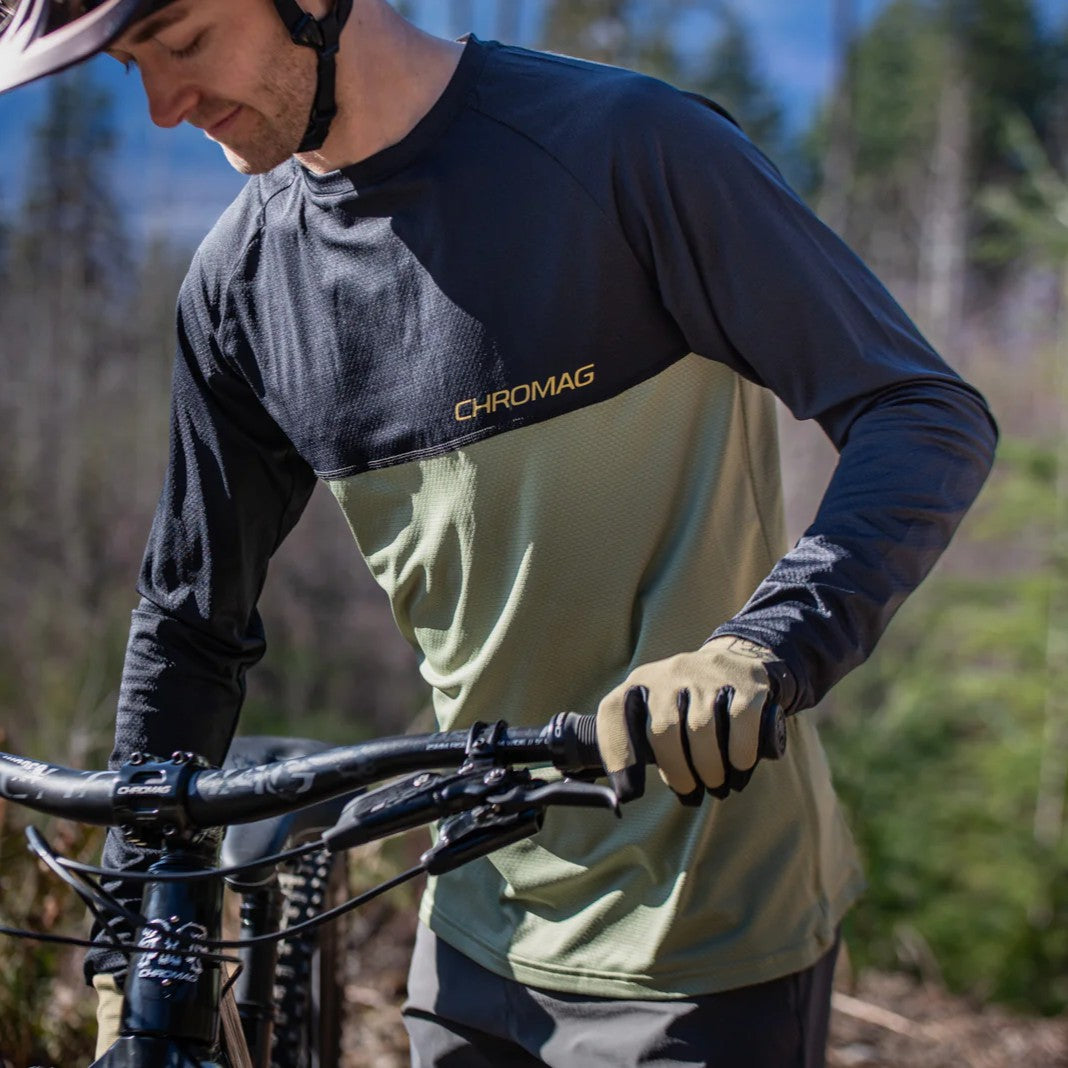
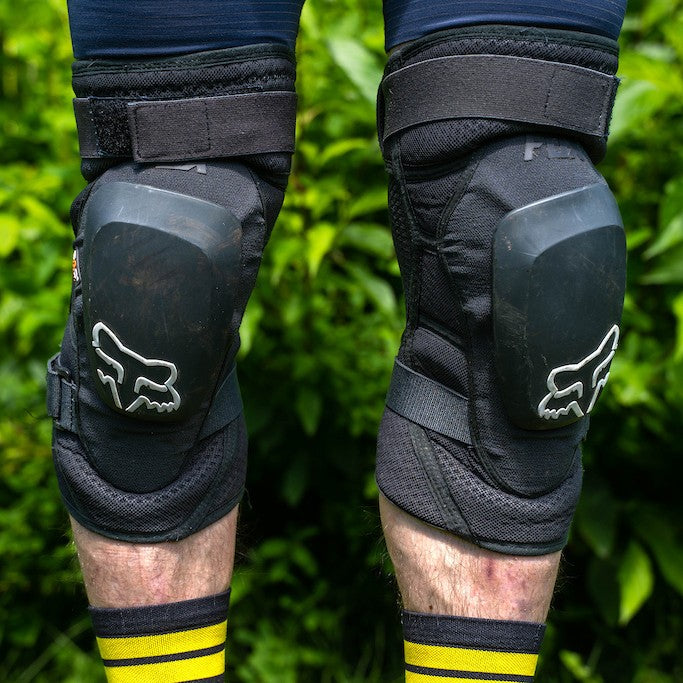
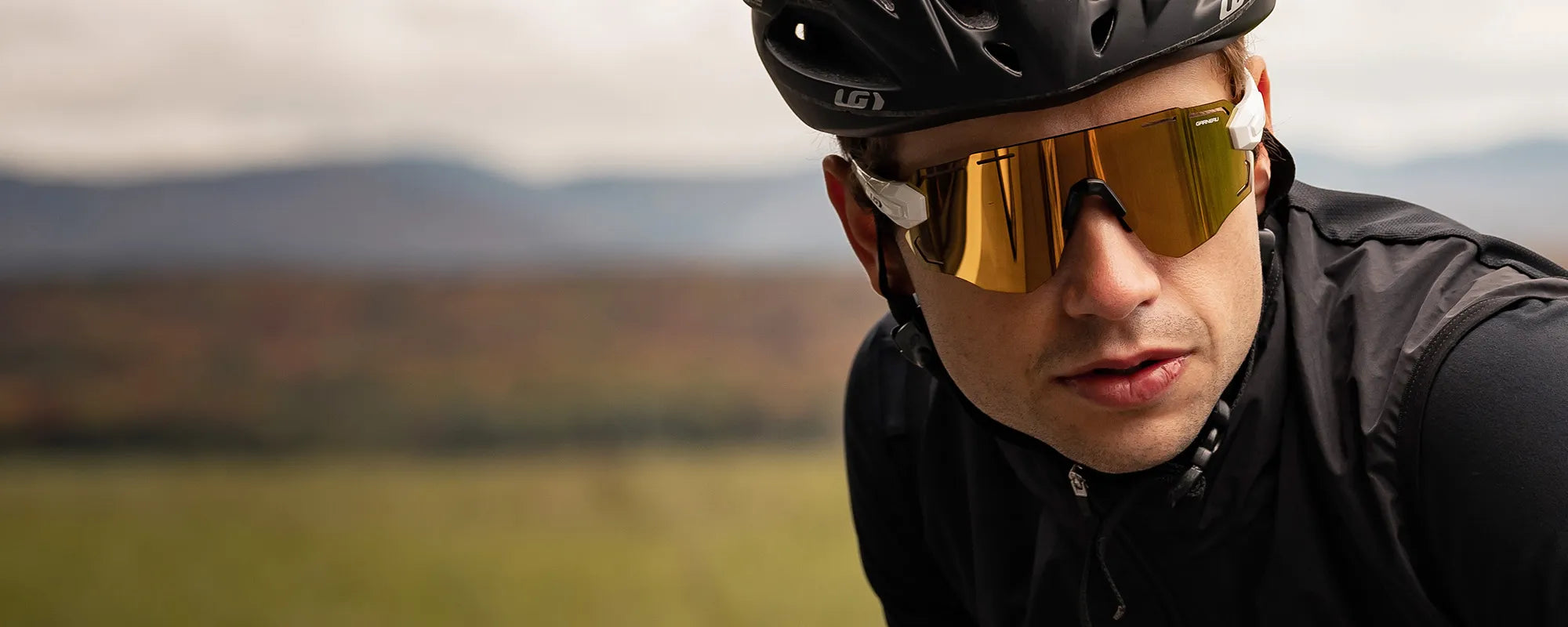
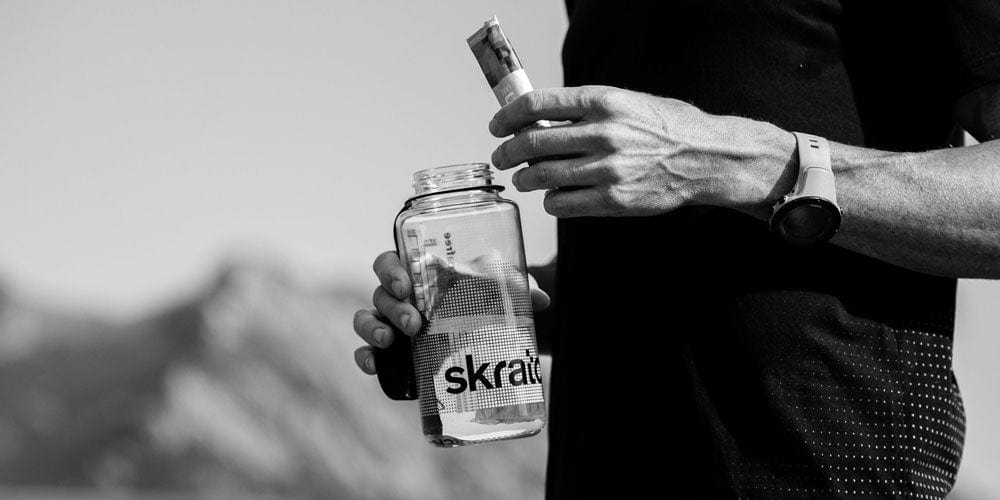
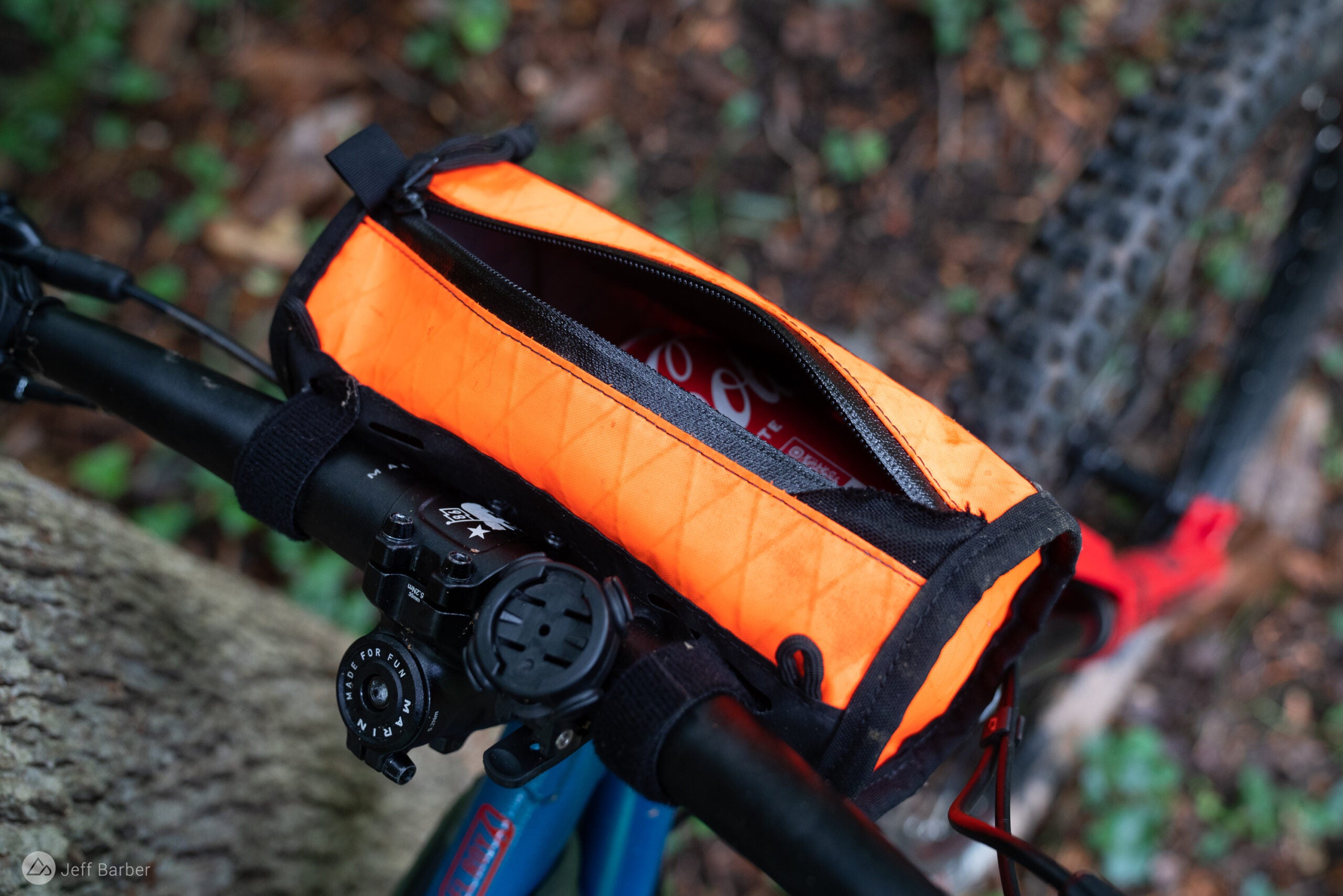
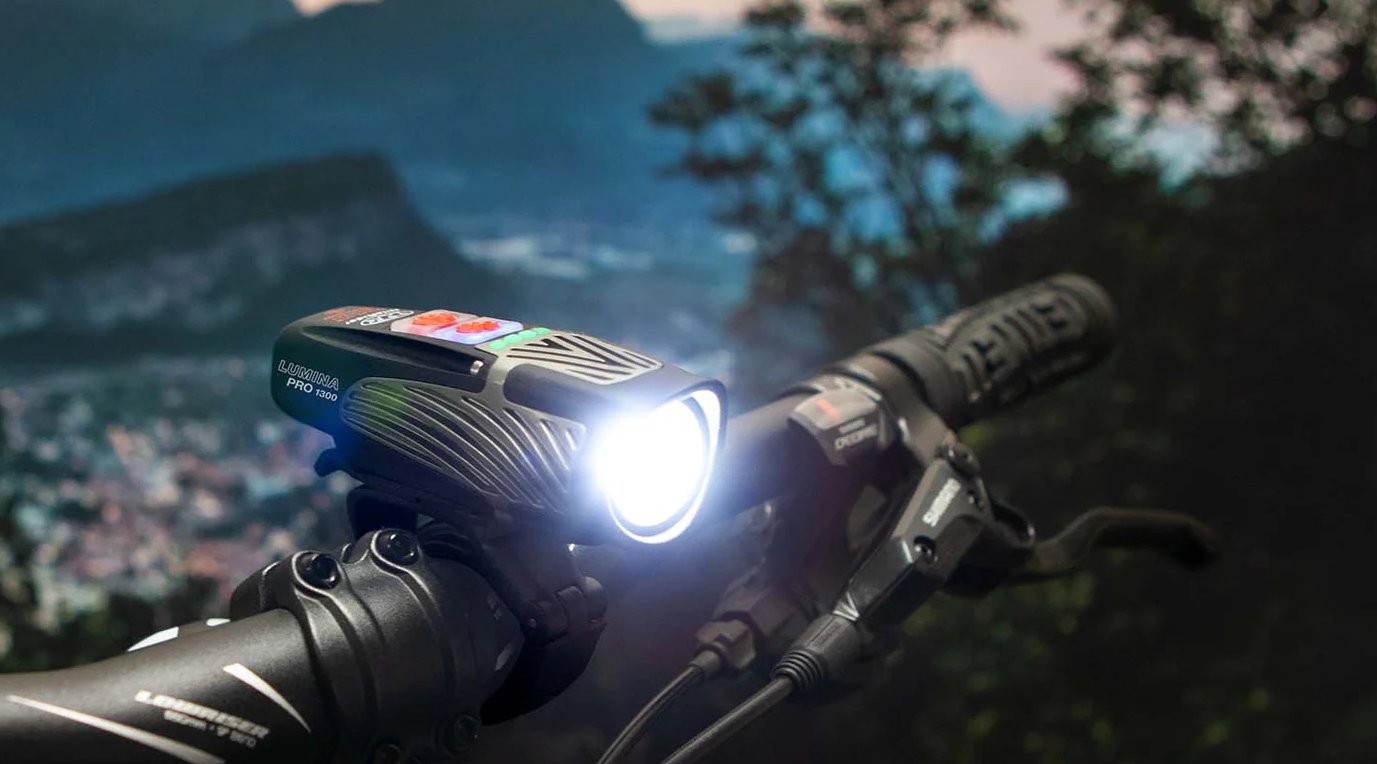
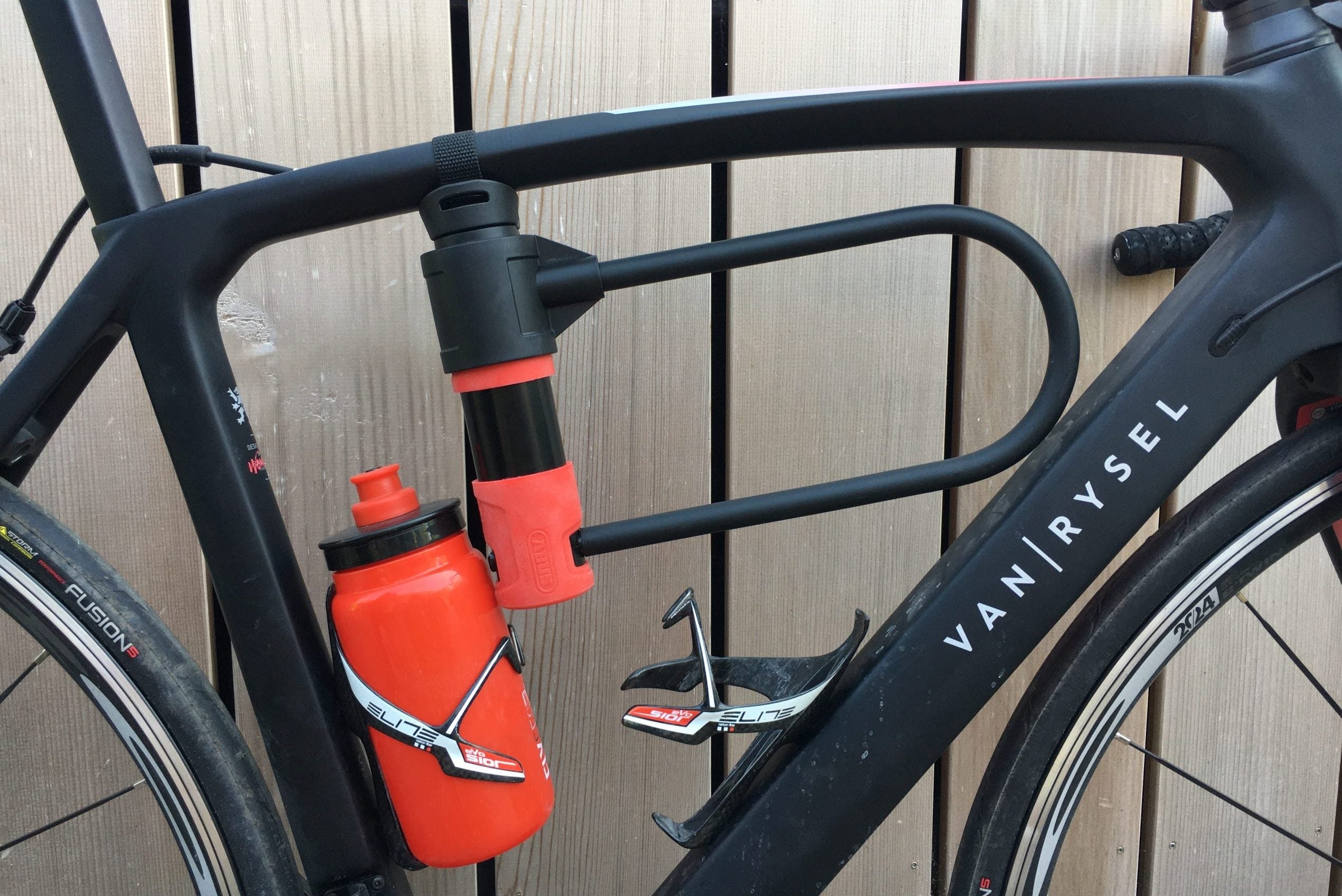
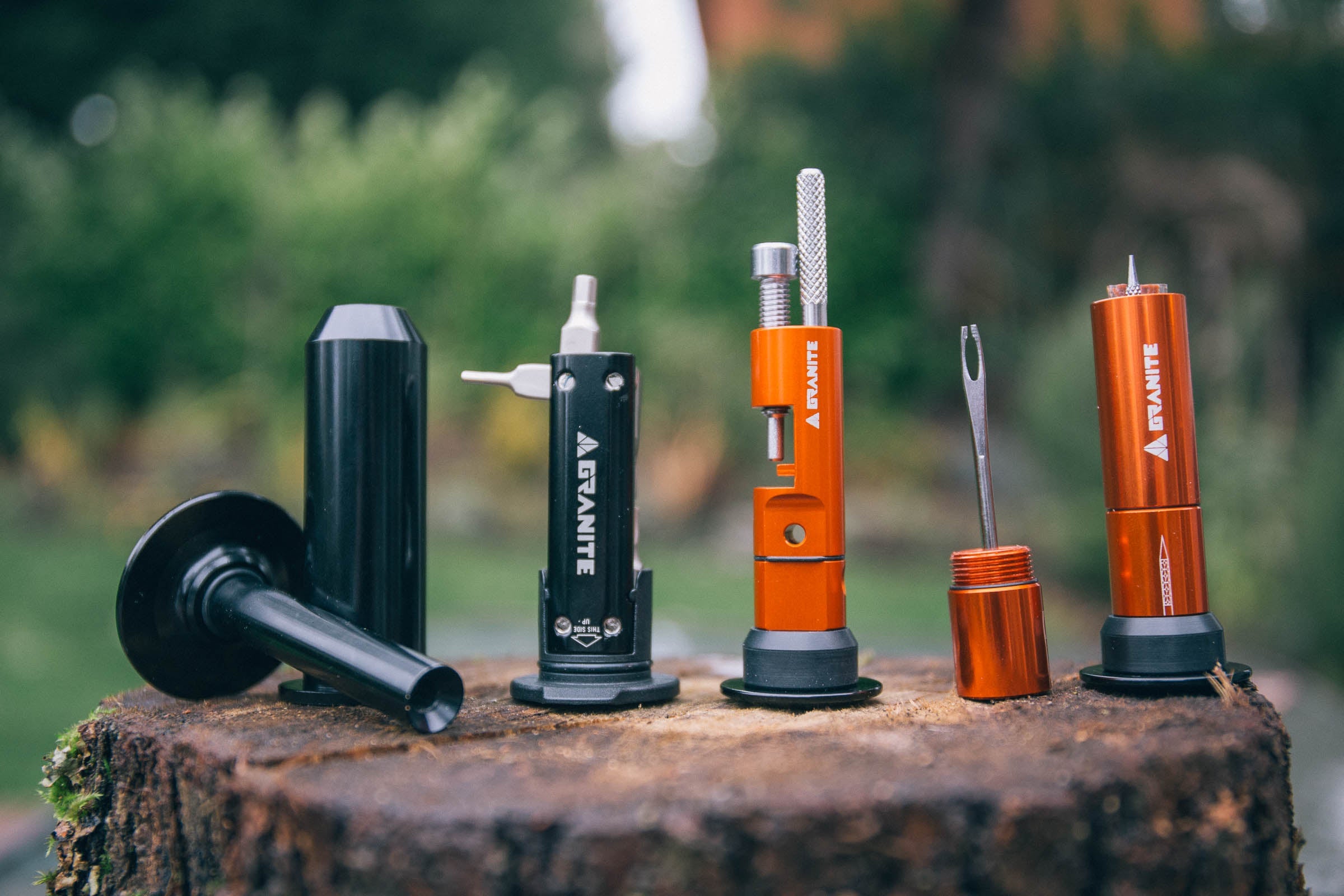

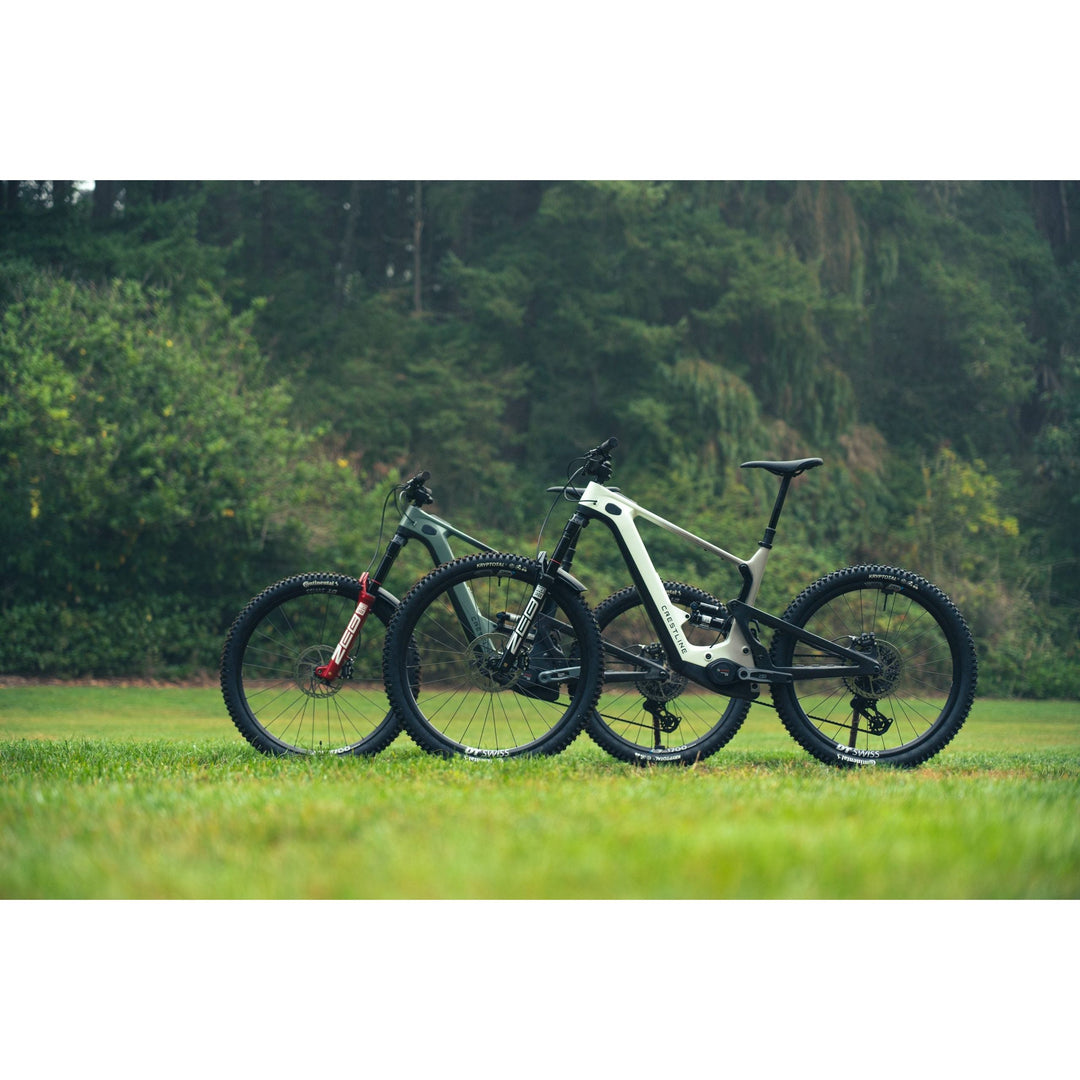
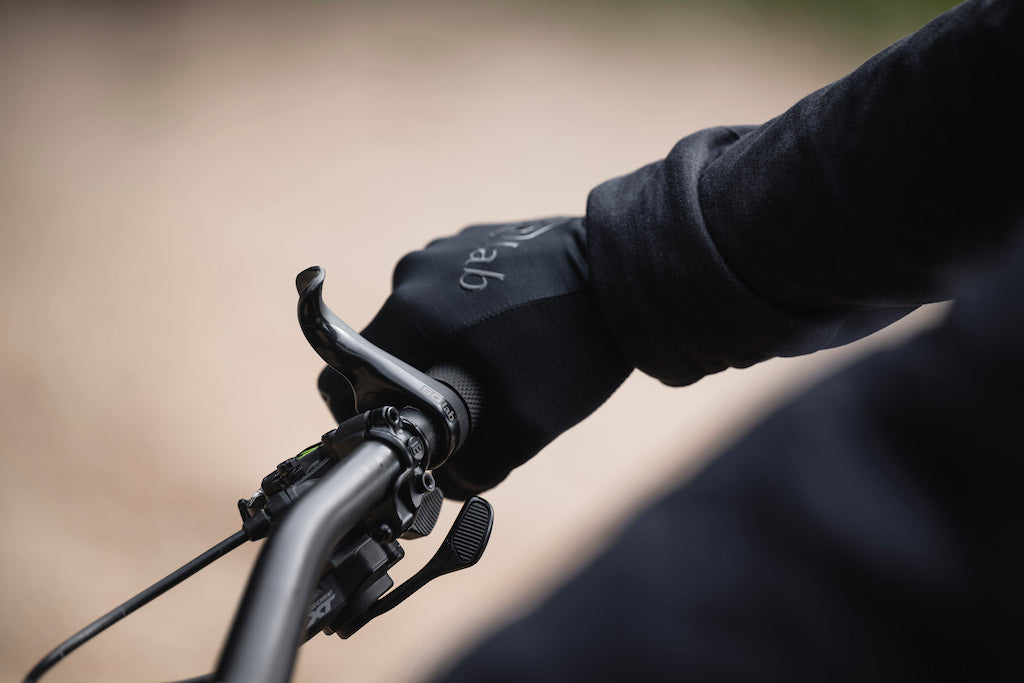
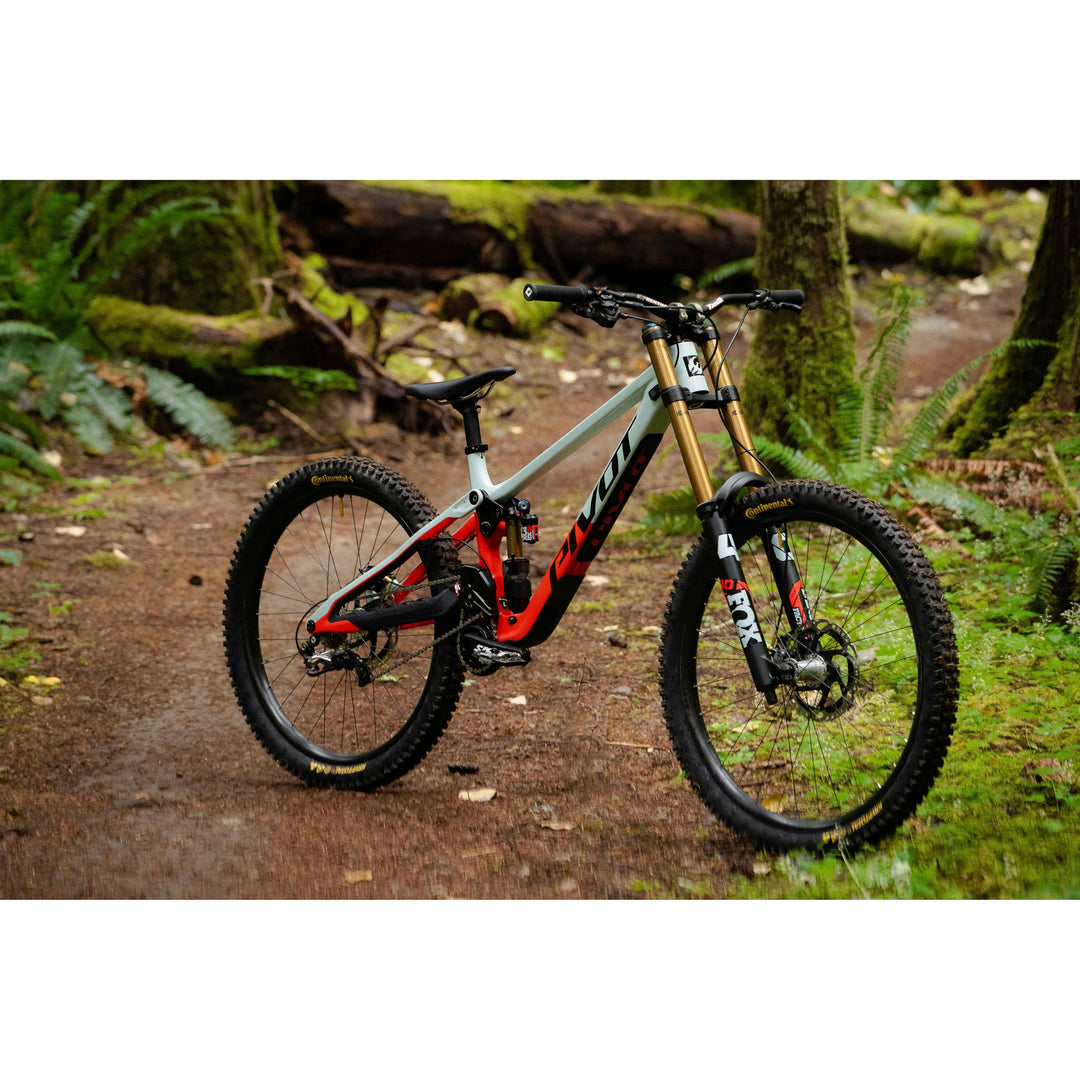
Leave a comment